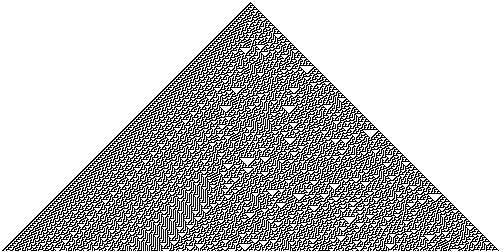Abstract
The spread of COVID-19 implied a large and fast increase of demand for intensive care services. To face this increase in demand, health care systems need to adapt their response by increasing hospital beds, intensive care unit (ICU) capacity and by (re-)deploying doctors and other personnel. This paper proposes a forecast approach based on the Vector Error Correction model for the daily counts of hospitalized patients with symptoms and of patients in ICU, using publicly available data on the current COVID-19 outbreak in Italy, Switzerland and Spain. The level of analysis is the local government managing the health care system response, which corresponds to regions for Italy. The one-week-ahead forecasts are validated with out-of-sample data over successive weeks; they are found to provide timely and robust prediction of ICU capacity needs in Lombardy, the most-affected Italian region, starting from the sample of the first 2 weeks of data. The same methodology is successfully validated on other Italian regions, Switzerland and Spain. This approach may be used in other countries/regions/provinces to help adapt the health care system response to COVID-19 (or other similar disease); for this purpose, the open-source software code to produce the forecasts is provided with the paper.









